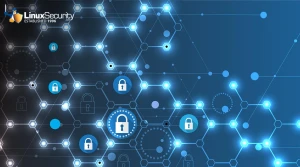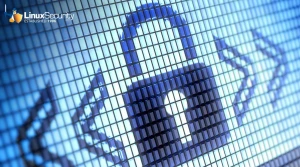Navigating the Cybersecurity Maze: Advanced Linux Security Practices for Professionals

As cyber threats rapidly advance, Linux administrators and InfoSec professionals are essential defenders against increasingly sophisticated threats. Protectors of critical infrastructure and sensitive data, these experts must implement a wide array of security practices designed specifically to their unique challenges.
Drawing upon knowledge shared at LinuxSecurity.com, this article discusses advanced Linux security practices designed to ward off today's most dangerous cyber risks.
Why Is Staying Informed the Bedrock of Linux Security?
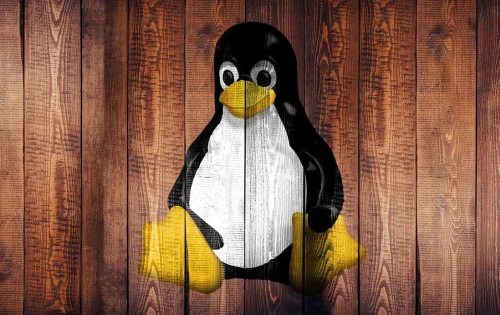 Knowledge is power in cybersecurity; knowledge is protection. Linux professionals prioritize keeping abreast of threats, vulnerabilities, and security trends. For this reason, LinuxSecurity.com is an indispensable source of up-to-date information, offering insights to identify and address potential breaches preemptively.
Knowledge is power in cybersecurity; knowledge is protection. Linux professionals prioritize keeping abreast of threats, vulnerabilities, and security trends. For this reason, LinuxSecurity.com is an indispensable source of up-to-date information, offering insights to identify and address potential breaches preemptively.
Senior administrators should go beyond passive news consumption; they should actively engage in security forums, subscribe to threat intelligence feeds, and connect with the broader cybersecurity community. Platforms such as CVE and NIST provide extensive databases of vulnerabilities and exposures paired with automated alert systems, providing real-time threat intelligence essential for early detection and response.
Patch Management: Beyond the Basics
Advanced Linux administrators understand that effective patch management requires a different approach than simply applying updates automatically; they consider their systems' individual needs and configurations when considering strategies.
An effective patch management protocol begins with prioritization. Administrators can assess vulnerabilities using the Common Vulnerability Scoring System (CVSS) and then prioritize patches based on potential impact and severity. While automation tools may assist, human oversight is always required to ensure patches do not disrupt critical operations or introduce new vulnerabilities.
How Is SELinux A Mighty Fortification for Linux Systems?
Security-Enhanced Linux (SELinux) is a highly effective weapon in the Linux security arsenal, but its complexity often deters wider adoption. Yet SELinux offers unparalleled granularity regarding access controls for experienced professionals who need precise control over who has access to what on their systems.
Crafting custom SELinux policies requires an in-depth knowledge of one's network architecture and threat model, but audit2allow can assist this process by analyzing log files to generate policy modules that reflect actual system usage while restricting any unauthorized actions.
Why Is Authentication The First Line of Defense?
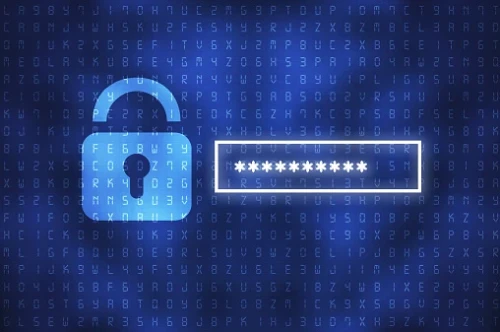 Robust authentication mechanisms are integral to protecting Linux systems from unauthorized access, yet many organizations depend on password policies as their only protection. Advanced administrators should look beyond simple password policies by adopting SSH key-based authentication multi-factor authentication (MFA) and investigating Pluggable Authentication Modules (PAM) for enhanced control over accessing systems.
Robust authentication mechanisms are integral to protecting Linux systems from unauthorized access, yet many organizations depend on password policies as their only protection. Advanced administrators should look beyond simple password policies by adopting SSH key-based authentication multi-factor authentication (MFA) and investigating Pluggable Authentication Modules (PAM) for enhanced control over accessing systems.
MFA adds another level of protection by requiring two verification forms beyond just passwords or keys, such as hardware tokens or mobile app-generated codes in high-security environments. MFA can more easily distinguish between impenetrable and compromised systems than without additional layers of defense.
Why Is Continuous Education and Training Essential?
Human factors in cybersecurity can often be the source of instability. Offering regular training to users and administrators, regular and updated education on password hygiene and phishing awareness, and more advanced topics such as secure coding practices, social engineering tactics, and how to respond in case of a suspected breach can drastically decrease the risks of security breaches.
Senior Linux administrators can lead by example and champion a culture of security vigilance while constantly honing their skills to stay ahead of emerging threats.
What Is the Importance of Service Hardening and Attack Surface Reduction?
Service hardening refers to configuring system services and applications to reduce vulnerabilities while restricting unnecessary functionalities. For Linux administrators, this usually means running regular audits of running services, disabling or terminating unnecessary ones, and using tools like systemd-analyze security to analyze potential service vulnerabilities in depth.
Reducing the attack surface requires implementing network segmentation, strict firewall policies, and least privilege models for system access. Each measure makes it harder for attackers to gain entry and move laterally across networks.
How Does Data Encryption Protect Data at Rest and in Transit?
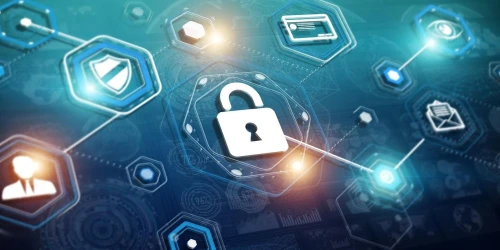 Securing sensitive data at rest and transit is an essential security practice in an age when data breaches can have devastating repercussions. Tools like GnuPG can offer end-to-end file encryption, while Linux Unified Key Setup (LUKS) offers robust disk encryption solutions.
Securing sensitive data at rest and transit is an essential security practice in an age when data breaches can have devastating repercussions. Tools like GnuPG can offer end-to-end file encryption, while Linux Unified Key Setup (LUKS) offers robust disk encryption solutions.
Transport Layer Security (TLS) encrypts data in transit between servers and clients, thus protecting against eavesdropping and man-in-the-middle attacks. Linux administrators should use only robust, modern cryptographic protocols that have been reviewed regularly to ensure compliance.
Why Is Automating Security and Compliance Beneficial?
Manual security audits and compliance checks can be time-consuming and potentially inaccurate in complex environments. At the same time, automation tools like OpenSCAP offer a solution by continuously evaluating systems against established baselines and producing reports with remediation scripts to address any issues found.
Integrating security testing tools into the CI/CD pipeline enables continuous security analysis, helping ensure new code deployments do not introduce vulnerabilities into production environments.
Why Should Admins and Organizations Adopt a DevSecOps Culture?
 The DevSecOps movement advocates for integrating security practices throughout the software development lifecycle. For Linux administrators, this means working closely with development teams to ensure security considerations remain paramount from inception through deployment.
The DevSecOps movement advocates for integrating security practices throughout the software development lifecycle. For Linux administrators, this means working closely with development teams to ensure security considerations remain paramount from inception through deployment.
Infrastructure as Code (IaC) tools like Ansible, Terraform, and Kubernetes are essential. They enable security policies and configurations to be codified within version control alongside application code for consistency, repeatability, and auditability of security configurations across environments.
Our Final Thoughts on the Importance of Implementing Advanced Linux Security Practices
Comprehending advanced Linux security requires an integrated approach that combines technical know-how, strategic planning, and constant monitoring. By adopting advanced practices like those found at LinuxSecurity.com and taking advantage of resources like these, Linux administrators and InfoSec professionals can drastically enhance their organization's cybersecurity posture.













